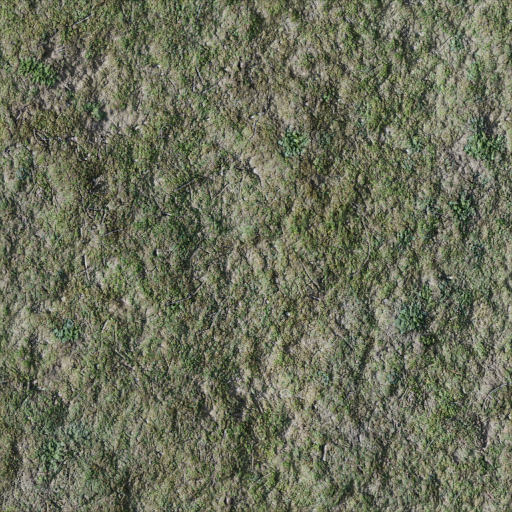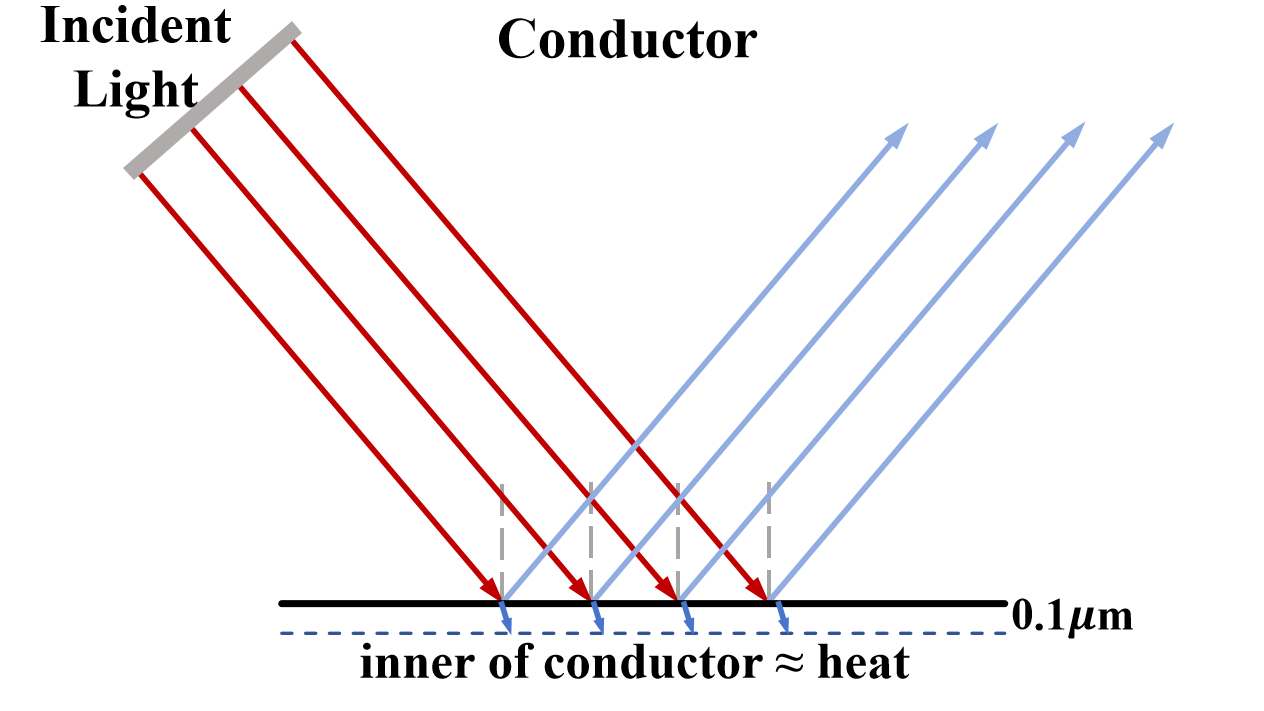MatSynth: A Modern PBR Materials Dataset

0

Sign in to get full access
Overview
- This paper introduces MatSynth, a new dataset of physically-based rendering (PBR) materials for visual applications like games and movies.
- The dataset includes over 20,000 high-quality, diverse PBR materials with detailed metadata, aiming to advance the state of the art in material generation and understanding.
- The authors describe the dataset creation process, including automated material acquisition, curation, and annotation.
- Experiments demonstrate the utility of MatSynth for training material generation models and evaluating material representations.
Plain English Explanation
The paper presents a new dataset called MatSynth that contains a large collection of high-quality, physically-based rendering (PBR) materials. PBR materials are digital representations of real-world materials that can be used in 3D graphics applications like video games and movies to create realistic visuals.
The key innovation of MatSynth is the scale and diversity of the materials it includes - over 20,000 different materials spanning a wide range of types, from metals and plastics to fabrics and wood. Each material is accompanied by detailed metadata, such as information about its composition and appearance. This comprehensive dataset is intended to advance the state of the art in material generation, where AI models are used to automatically create new materials, and material understanding, where researchers study how to accurately represent materials digitally.
The paper explains how the MatSynth dataset was created, including an automated process to acquire the raw material data and then curate and annotate it to ensure high quality. The authors also demonstrate the utility of MatSynth through experiments, showing how it can be used to train AI models to generate new materials and to evaluate the performance of different material representation techniques.
Technical Explanation
The paper introduces MatSynth, a large-scale dataset of over 20,000 physically-based rendering (PBR) materials. PBR materials are digital representations of real-world materials that can be accurately rendered using physically-based rendering algorithms, enabling realistic visuals in applications like games and movies.
The key contribution of this work is the scale and diversity of the MatSynth dataset. Compared to previous material datasets, MatSynth contains a much larger and more varied collection of high-quality PBR materials, spanning a wide range of material types such as metals, plastics, fabrics, and wood. Each material is accompanied by detailed metadata, including information about its composition, appearance, and other relevant properties.
The authors describe the process of creating the MatSynth dataset, which involved automated acquisition of raw material data, followed by careful curation and annotation. This multi-step pipeline allowed them to assemble a comprehensive dataset that is suitable for training advanced material generation models and evaluating the performance of material representation techniques.
The paper presents several experiments demonstrating the utility of the MatSynth dataset. For example, the authors show how the dataset can be used to train generative adversarial networks (GANs) to synthesize new PBR materials. They also evaluate the performance of different material representation methods, such as DreamMat and MAPA, on the MatSynth dataset.
Critical Analysis
The MatSynth dataset represents a significant advancement in the availability of high-quality PBR materials for visual applications. By providing a large and diverse collection of materials with detailed metadata, the authors have created a valuable resource for researchers and developers working on material generation and understanding.
However, the paper does not address some potential limitations of the dataset. For example, the authors do not discuss the representativeness of the materials in MatSynth compared to the real-world distribution of materials, or how the dataset's coverage may be biased towards certain industries or geographic regions. Additionally, the paper does not explore the potential challenges in scaling the material acquisition and curation process to even larger datasets.
Further research could also investigate the impact of the dataset's characteristics, such as material diversity and metadata quality, on the performance of material generation and representation models. Comparisons to other relevant datasets, such as SCALABILITY and Make It Real, could also provide valuable insights.
Conclusion
The MatSynth dataset represents a significant advancement in the availability of high-quality PBR materials for visual applications. By providing a large and diverse collection of materials with detailed metadata, the authors have created a valuable resource that can support progress in material generation and understanding. While the paper does not address all potential limitations of the dataset, the experiments demonstrate its utility for training and evaluating material-related models. Overall, MatSynth is an important contribution to the field and will likely have a positive impact on the development of more realistic and visually compelling 3D graphics.
This summary was produced with help from an AI and may contain inaccuracies - check out the links to read the original source documents!
Related Papers


0
MatSynth: A Modern PBR Materials Dataset
Giuseppe Vecchio, Valentin Deschaintre
We introduce MatSynth, a dataset of 4,000+ CC0 ultra-high resolution PBR materials. Materials are crucial components of virtual relightable assets, defining the interaction of light at the surface of geometries. Given their importance, significant research effort was dedicated to their representation, creation and acquisition. However, in the past 6 years, most research in material acquisiton or generation relied either on the same unique dataset, or on company-owned huge library of procedural materials. With this dataset we propose a significantly larger, more diverse, and higher resolution set of materials than previously publicly available. We carefully discuss the data collection process and demonstrate the benefits of this dataset on material acquisition and generation applications. The complete data further contains metadata with each material's origin, license, category, tags, creation method and, when available, descriptions and physical size, as well as 3M+ renderings of the augmented materials, in 1K, under various environment lightings. The MatSynth dataset is released through the project page at: https://www.gvecchio.com/matsynth.
Read more5/29/2024


0
OpenMaterial: A Comprehensive Dataset of Complex Materials for 3D Reconstruction
Zheng Dang, Jialu Huang, Fei Wang, Mathieu Salzmann
Recent advances in deep learning such as neural radiance fields and implicit neural representations have significantly propelled the field of 3D reconstruction. However, accurately reconstructing objects with complex optical properties, such as metals and glass, remains a formidable challenge due to their unique specular and light-transmission characteristics. To facilitate the development of solutions to these challenges, we introduce the OpenMaterial dataset, comprising 1001 objects made of 295 distinct materials-including conductors, dielectrics, plastics, and their roughened variants- and captured under 723 diverse lighting conditions. To this end, we utilized physics-based rendering with laboratory-measured Indices of Refraction (IOR) and generated high-fidelity multiview images that closely replicate real-world objects. OpenMaterial provides comprehensive annotations, including 3D shape, material type, camera pose, depth, and object mask. It stands as the first large-scale dataset enabling quantitative evaluations of existing algorithms on objects with diverse and challenging materials, thereby paving the way for the development of 3D reconstruction algorithms capable of handling complex material properties.
Read more6/14/2024


0
DreamMat: High-quality PBR Material Generation with Geometry- and Light-aware Diffusion Models
Yuqing Zhang, Yuan Liu, Zhiyu Xie, Lei Yang, Zhongyuan Liu, Mengzhou Yang, Runze Zhang, Qilong Kou, Cheng Lin, Wenping Wang, Xiaogang Jin
2D diffusion model, which often contains unwanted baked-in shading effects and results in unrealistic rendering effects in the downstream applications. Generating Physically Based Rendering (PBR) materials instead of just RGB textures would be a promising solution. However, directly distilling the PBR material parameters from 2D diffusion models still suffers from incorrect material decomposition, such as baked-in shading effects in albedo. We introduce DreamMat, an innovative approach to resolve the aforementioned problem, to generate high-quality PBR materials from text descriptions. We find out that the main reason for the incorrect material distillation is that large-scale 2D diffusion models are only trained to generate final shading colors, resulting in insufficient constraints on material decomposition during distillation. To tackle this problem, we first finetune a new light-aware 2D diffusion model to condition on a given lighting environment and generate the shading results on this specific lighting condition. Then, by applying the same environment lights in the material distillation, DreamMat can generate high-quality PBR materials that are not only consistent with the given geometry but also free from any baked-in shading effects in albedo. Extensive experiments demonstrate that the materials produced through our methods exhibit greater visual appeal to users and achieve significantly superior rendering quality compared to baseline methods, which are preferable for downstream tasks such as game and film production.
Read more5/28/2024


0
On Synthetic Texture Datasets: Challenges, Creation, and Curation
Blaine Hoak, Patrick McDaniel
The influence of textures on machine learning models has been an ongoing investigation, specifically in texture bias/learning, interpretability, and robustness. However, due to the lack of large and diverse texture data available, the findings in these works have been limited, as more comprehensive evaluations have not been feasible. Image generative models are able to provide data creation at scale, but utilizing these models for texture synthesis has been unexplored and poses additional challenges both in creating accurate texture images and validating those images. In this work, we introduce an extensible methodology and corresponding new dataset for generating high-quality, diverse texture images capable of supporting a broad set of texture-based tasks. Our pipeline consists of: (1) developing prompts from a range of descriptors to serve as input to text-to-image models, (2) adopting and adapting Stable Diffusion pipelines to generate and filter the corresponding images, and (3) further filtering down to the highest quality images. Through this, we create the Prompted Textures Dataset (PTD), a dataset of 362,880 texture images that span 56 textures. During the process of generating images, we find that NSFW safety filters in image generation pipelines are highly sensitive to texture (and flag up to 60% of our texture images), uncovering a potential bias in these models and presenting unique challenges when working with texture data. Through both standard metrics and a human evaluation, we find that our dataset is high quality and diverse.
Read more9/17/2024